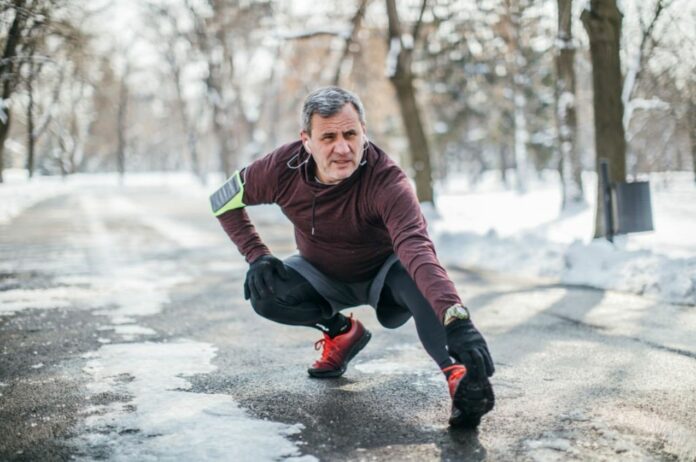New findings presented at the European Congress on Obesity (ECO) in Dublin, Ireland, shed light on the influence of cold temperatures on our metabolism and fat-burning capabilities.
According to a preliminary study conducted by Dr. Mariëtte Boon and her colleagues from Leiden University Medical Center in the Netherlands, the response of brown fat, a special type of fat that burns calories, differs depending on the time of day and the gender of individuals.
Brown fat, also known as brown adipose tissue (BAT), plays a crucial role in generating heat to regulate body temperature when exposed to cold temperatures. One of its notable features is its ability to burn calories, particularly from fat. Researchers have been exploring ways to harness the potential of brown fat to promote cardiometabolic health.
The new study suggests that the timing of cold exposure may have an impact on its metabolic benefits, with differences observed between men and women. Surprisingly, the researchers found that cold exposure in the morning might be more effective in enhancing metabolism and promoting fat burning in men, but this effect may not be as pronounced in women.
“Our study indicates that the optimum time to undergo cold exposure is at a specific point in the body’s 24-hour cycle,” adds Dr Boon. “It may also be that there is a sex difference in how the body responds to cold exposure with respect to boosting metabolism at a certain time point, and it appears that delivering cold exposure therapies in the morning may be more beneficial than the evening for men.”
Rodents exhibit fluctuations in brown fat metabolic activity throughout the day, with the highest levels occurring just prior to awakening. This physiological phenomenon is logical because heat generation resulting from food digestion and physical activity decreases during the nighttime, and waking up necessitates an elevation in core body temperature. However, it remains unknown whether humans experience a circadian rhythm in brown fat activity and whether this rhythm differs between men and women in response to cold exposure.
To shed light on these questions, the team conducted a randomized crossover study involving 24 lean adults—12 men (aged 18-31 years; BMI 18-26 kg/m²) and 12 women (aged 18-29 years; BMI 18-26 kg/m²). Each participant underwent a personalized cooling protocol using water-filled mattresses, lasting 2.5 hours, in the morning (7:45 am) and evening (7:45 pm), with a day of rest in between the study days. The order of morning and evening sessions was randomized.
During the protocol, the water temperature was gradually reduced until the participants began shivering or until a temperature of 9°C was reached. Following this, the participants were exposed to a stable cold environment for an additional 90 minutes. The researchers measured energy expenditure four times throughout the experiment using indirect calorimetry: initially under thermoneutral conditions (at 32°C, when the body does not need to generate additional heat to maintain its core temperature), during the cooling phase, during the stable cold phase, and at the end of the cooling period (after 90 minutes). Furthermore, infrared thermography was regularly employed to measure supraclavicular skin temperature, serving as a proxy for brown fat activity.
The analysis of the data revealed that in men, cold-induced energy expenditure and supraclavicular skin temperature (both indicative of brown fat activity) were higher in the morning compared to the evening.
However, in females, there were no significant differences observed in cold-induced energy expenditure and skin temperature between the morning and evening. Interestingly, the females exhibited greater cold tolerance in the morning compared to the evening, as they started shivering at a lower temperature in the morning.
Furthermore, it was observed that cold exposure in the morning led to higher levels of circulating free fatty acids, triglycerides, and cholesterol in women compared to the evening.
The study authors acknowledge several limitations, which need to be taken into consideration. First, it is important to note that the findings do not establish a strong causal relationship between cold exposure and cardiometabolic health. Additionally, despite efforts to control diet and sleep, it is possible that unmeasured lifestyle or genetic factors may have influenced the observed results.
Dr. Boon emphasizes the significance of this initial investigation into the influence of circadian rhythm on the impact of cold exposure on metabolism, particularly fat metabolism. Our ongoing research focuses on determining whether repeated morning cold exposure can enhance cardiometabolic health in individuals with obesity.
Importantly, the findings suggest that timing interventions appropriately should be taken into account when aiming to target lipid metabolism.
Image Credit: Getty
